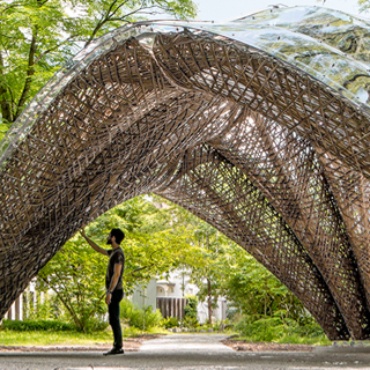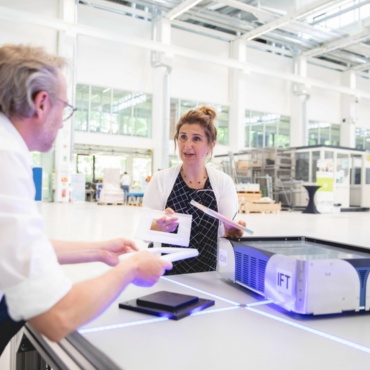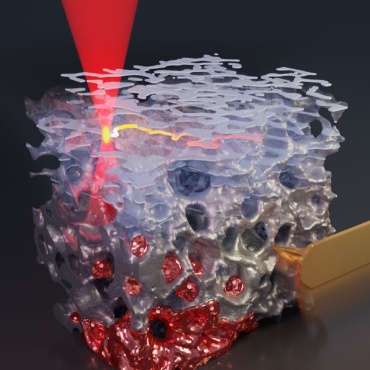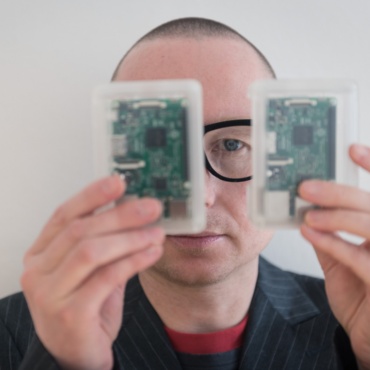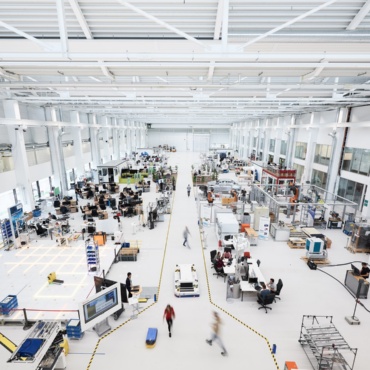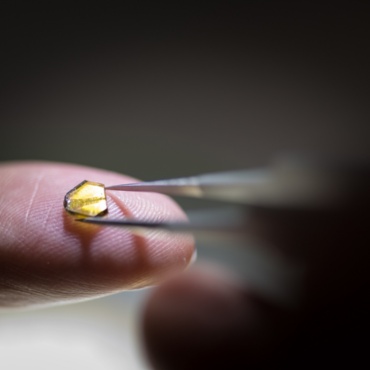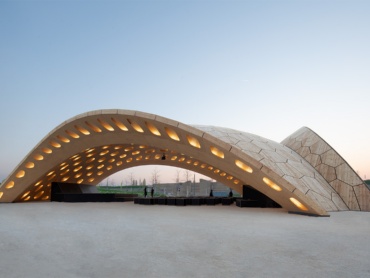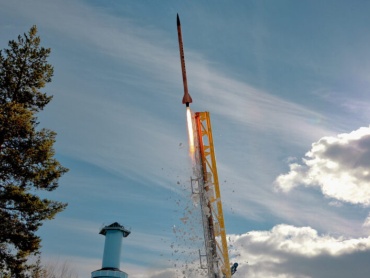
- Mission statement
The principle of networked disciplines is anchored in our university’s mission statement as the "Stuttgarter Weg.”
How can we use digitalization to create buildings for a growing world population and at the same time conserve resources? What must the mobility of the future look like? What opportunities does Artificial Intelligence provide, and what are the ethical issues involved? And how do we get to individualized therapies that cure cancer, or one day, Covid-19?
A globally recognized research institution
With its vision “Intelligent Systems for a Sustainable Society”, the University of Stuttgart wants to find answers to the big questions of the 21st century and faces up to its responsibility in society as a research and education institution. With its special profile of systematic cooperation between complementary disciplines, or in short: the Stuttgarter Weg (Stuttgart Way), the University of Stuttgart is one of the most successful universities in Germany and also enjoys a good reputation internationally.
Intelligent systems for a sustainable society
Vision of the University of Stuttgart
Behind this vision are overarching research topics that build bridges between the natural and engineering sciences, the economic sciences, the social sciences, and the humanities. This fosters cooperation across institutional boundaries and encourages dialogue between intersecting subject areas.
For example, new materials are often the drivers of current developments - from energy technology to information and quantum technology, and even mobility. The University of Stuttgart explores the entire process chain - from basic research and simulation-based design to the processing and validation of high-performance, cross-dimensional material composites and composite materials across all material groups.
Profile areas and emerging fields
Seven leading highlight topics have emerged in which the University of Stuttgart has achieved outstanding research success or is expected to achieve even greater success in the future.
[Photos: o.A., University of Stuttgart/Regenscheit, Florian Sterl/Sterltech Optics, University of Stuttgart/Kovalenko, Corinna Spitzbarth, University of Stuttgart/Kovalenko, DFG / Jakob Dürrwächter, Daniel Kempf, Claus-Dieter Munz]
Reflection as an overarching task
How can intelligent systems be designed so that they contribute to a sustainable society? What competencies in dealing critically with complex interrelationships and models can a university teach comprehensively and at an early stage? The reflection on intelligent systems, their principles, mechanisms, and effects as well as on their social, ecological, ethical, economic, and legal implications is a key component of the university’s vision - Intelligent Systems for a Sustainable Society: both as a socio-political desideratum and as a seminal interdisciplinary field of research and teaching.
The reflection on intelligent systems has a prominent place in the newly established Interchange Forum for Reflecting on Intelligent Systems (IRIS) at the University of Stuttgart. At the interface between AI and ethics, the IRIS scientists ask, for example, how unfair discrimination or stereotyping when developing technology can be avoided by using Artificial Intelligence to make automated decisions.
Excellent conditions for research, studies and cooperation
You might also be interested in
[Photos: ICD / University of Stuttgart, HyEnD / University of Stuttgart]
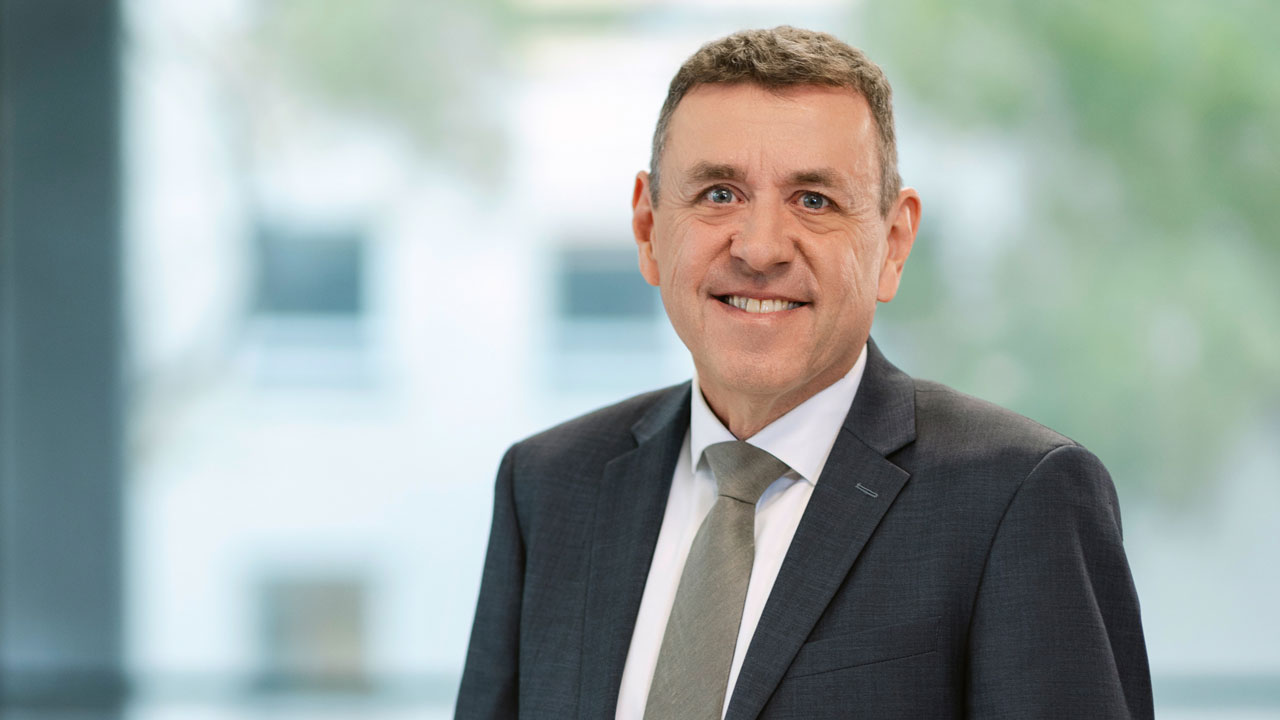
Manfred Bischoff
Prof. Dr.Vice Rector for Research and Early Career Researchers
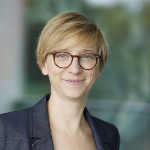
Carola Föller
Dr.Personal Assistant to the Vice Rector for Research and Early Career Researchers




